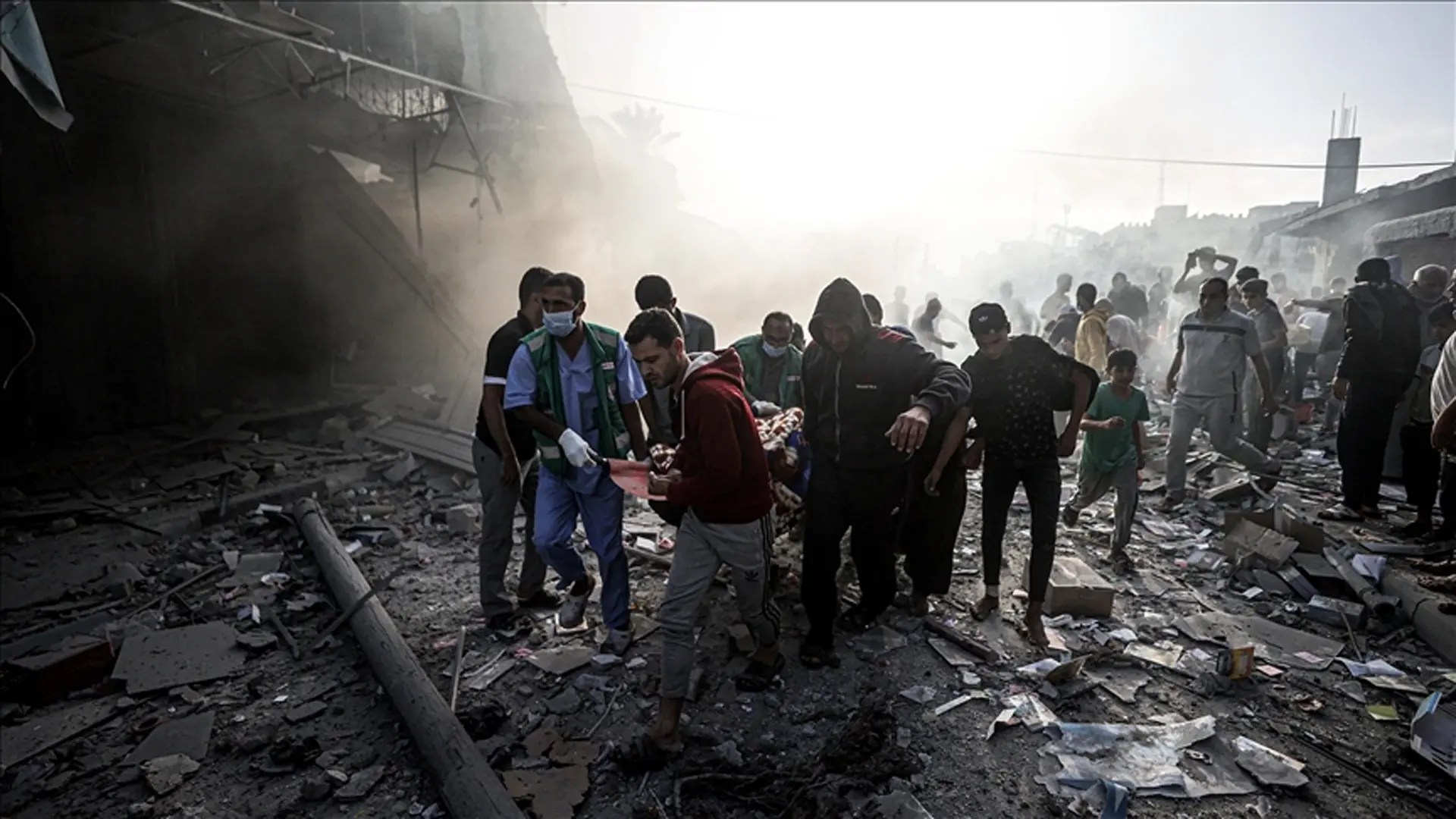Nearly 42,000 individuals in the Gaza Strip are living with life-altering injuries as a result of the ongoing conflict, according to the World Health Organization (WHO). In its latest update released on Thursday, the organisation estimated that one in four of those affected are children.
The report, Estimating Trauma Rehabilitation Needs in Gaza – September 2025 Update, reveals that life-changing injuries account for a quarter of all reported cases, out of a total of 167,376 people injured since October 2023. More than 5,000 individuals have undergone amputations, the WHO confirmed. These findings, based on an expanded data pool, remain consistent with earlier assessments.
The report documents widespread severe injuries, including damage to limbs, spinal cord and brain, as well as major burns. These cases have created an overwhelming demand for specialised surgical and rehabilitation services. Many families are facing long-term challenges, with patients requiring intensive and ongoing care.
Complex facial and eye injuries are also prevalent, particularly among those awaiting medical evacuation outside Gaza. These conditions frequently result in disfigurement, disability and social stigma.
Drawing on data from 22 WHO-supported Emergency Medical Teams (EMTs), Gaza’s Ministry of Health and other partners, the update presents the most comprehensive overview to date of rehabilitation needs arising from trauma injuries.
Meanwhile, Gaza’s health system is on the brink of collapse. Only 14 of its 36 hospitals remain partially operational. Fewer than one-third of pre-conflict rehabilitation facilities are functioning, with several facing imminent closure. None are fully operational, despite continued efforts by EMTs and health organisations.
The conflict has also devastated Gaza’s rehabilitation workforce. The territory previously had around 1,300 physiotherapists and 400 occupational therapists, but many have been displaced. Those still providing care are under immense pressure. Despite thousands of amputations, Gaza has only eight prosthetists available to produce and fit artificial limbs.
“Rehabilitation is vital not only for trauma recovery but also for people with chronic conditions and disabilities, which are not reflected in this report,” said Richard Peeperkorn, WHO Representative in the occupied Palestinian territory.
WHO, alongside EMTs and health partners, continues to operate on the ground to address urgent health needs. However, the report emphasised that scaling up rehabilitation services requires urgent protection of healthcare facilities, unrestricted access to fuel and medical supplies, and the removal of barriers to importing essential items such as assistive devices.
The WHO reiterated its call for an immediate ceasefire. “The people of Gaza deserve peace, the right to health and care, and a chance to heal,” the report stated.
International reactions have begun to surface in response to the WHO’s findings. A British-led study published in The BMJ described the injuries seen in Gaza as “unusually severe,” with healthcare workers reporting trauma patterns more extreme than those encountered in previous warzones. Clinicians from the UK, EU, Canada and the US highlighted the urgent need for tailored rehabilitation and mental health services, citing widespread polytrauma, severe burns, and complex blast injuries.
The United Nations has also raised alarm. Speaking from Gaza, WHO’s Dr Richard Peeperkorn urged countries to accept more patients for medical evacuation and called for the restoration of referral pathways to the West Bank and East Jerusalem. UNICEF and UNFPA echoed concerns over the collapse of maternity services and the psychological toll on children and families.
As humanitarian organisations continue to operate under extreme conditions, calls for a ceasefire and international support for Gaza’s health infrastructure are growing louder.



